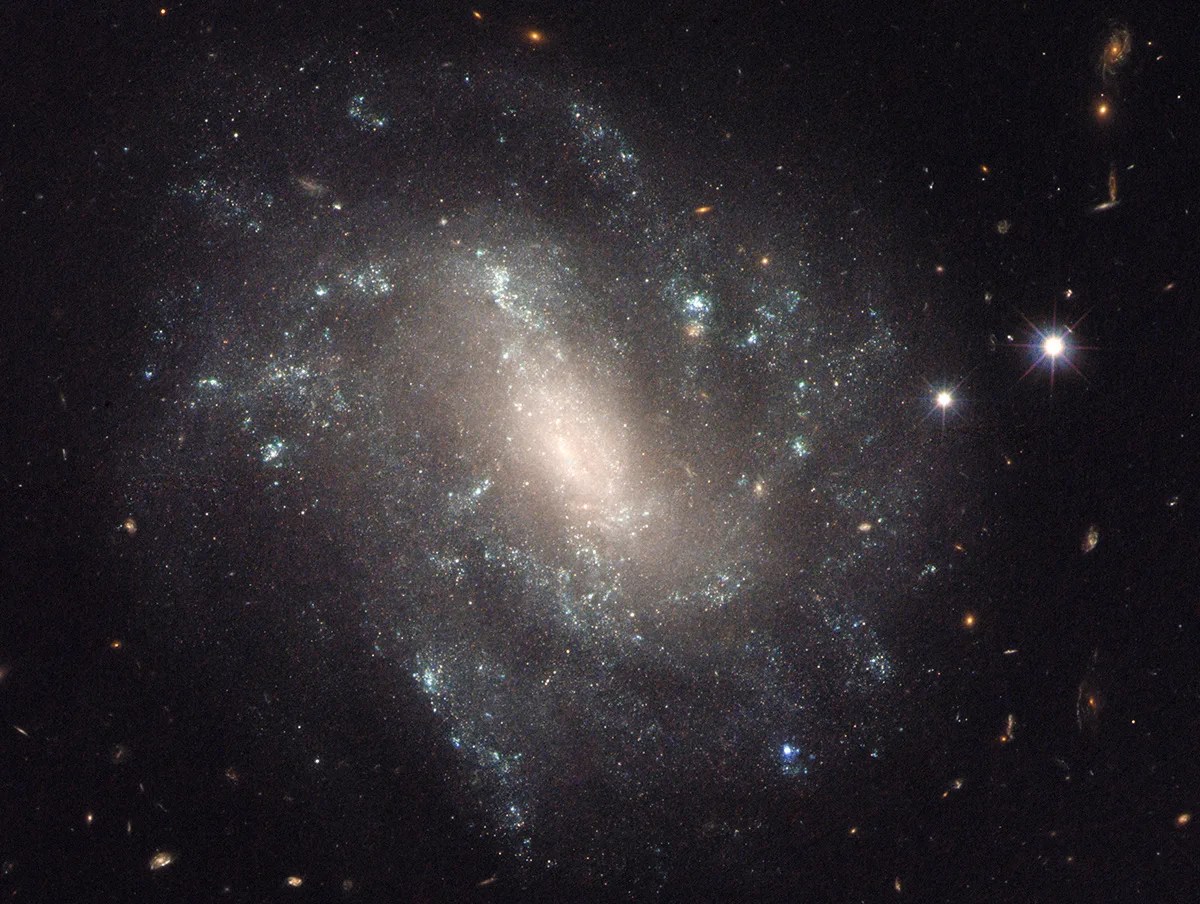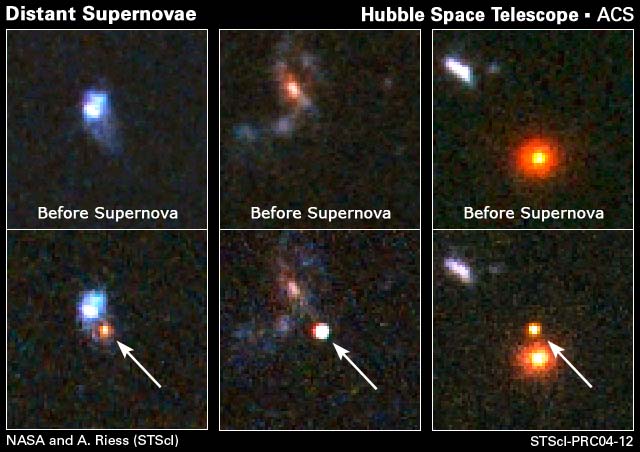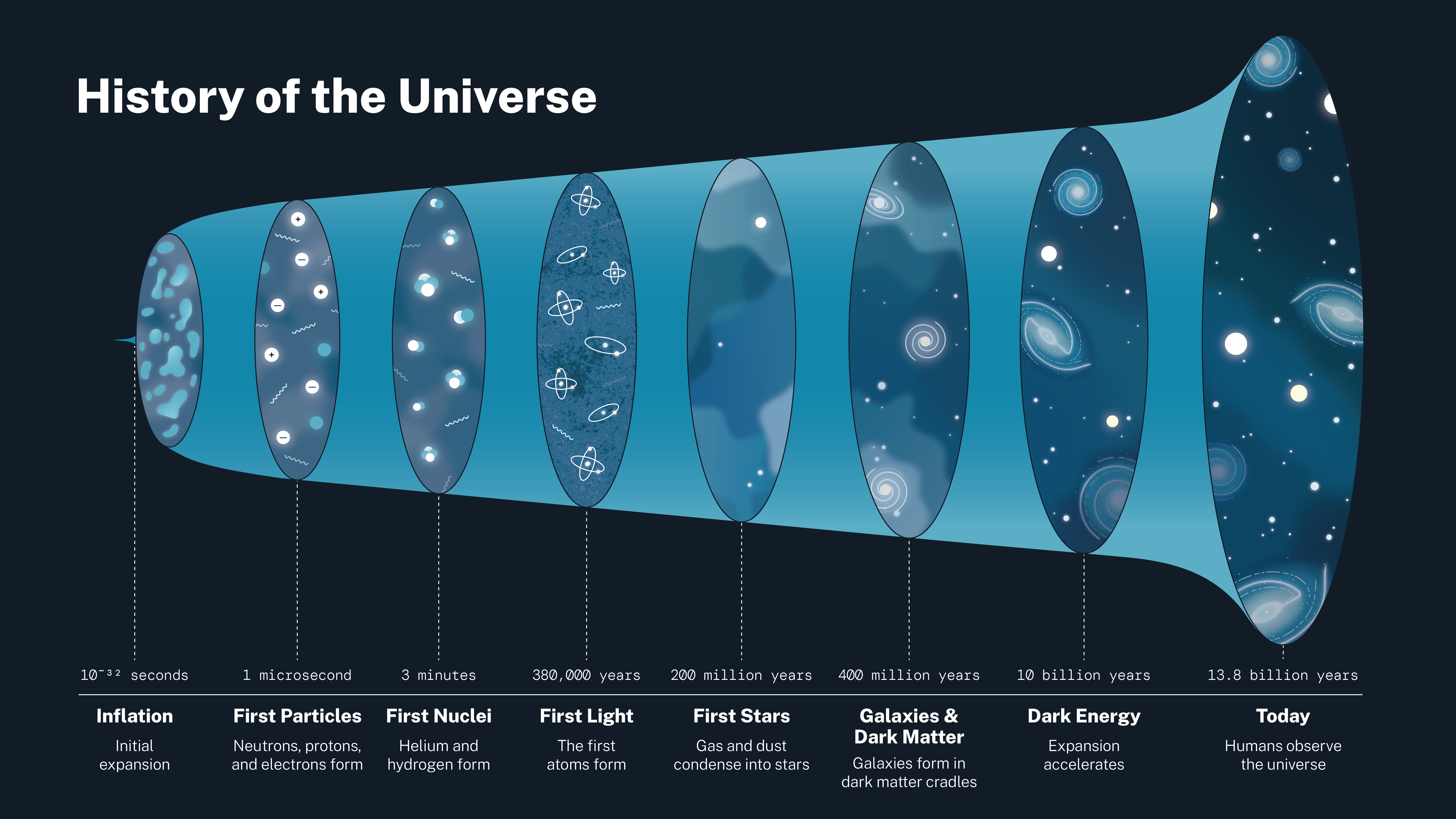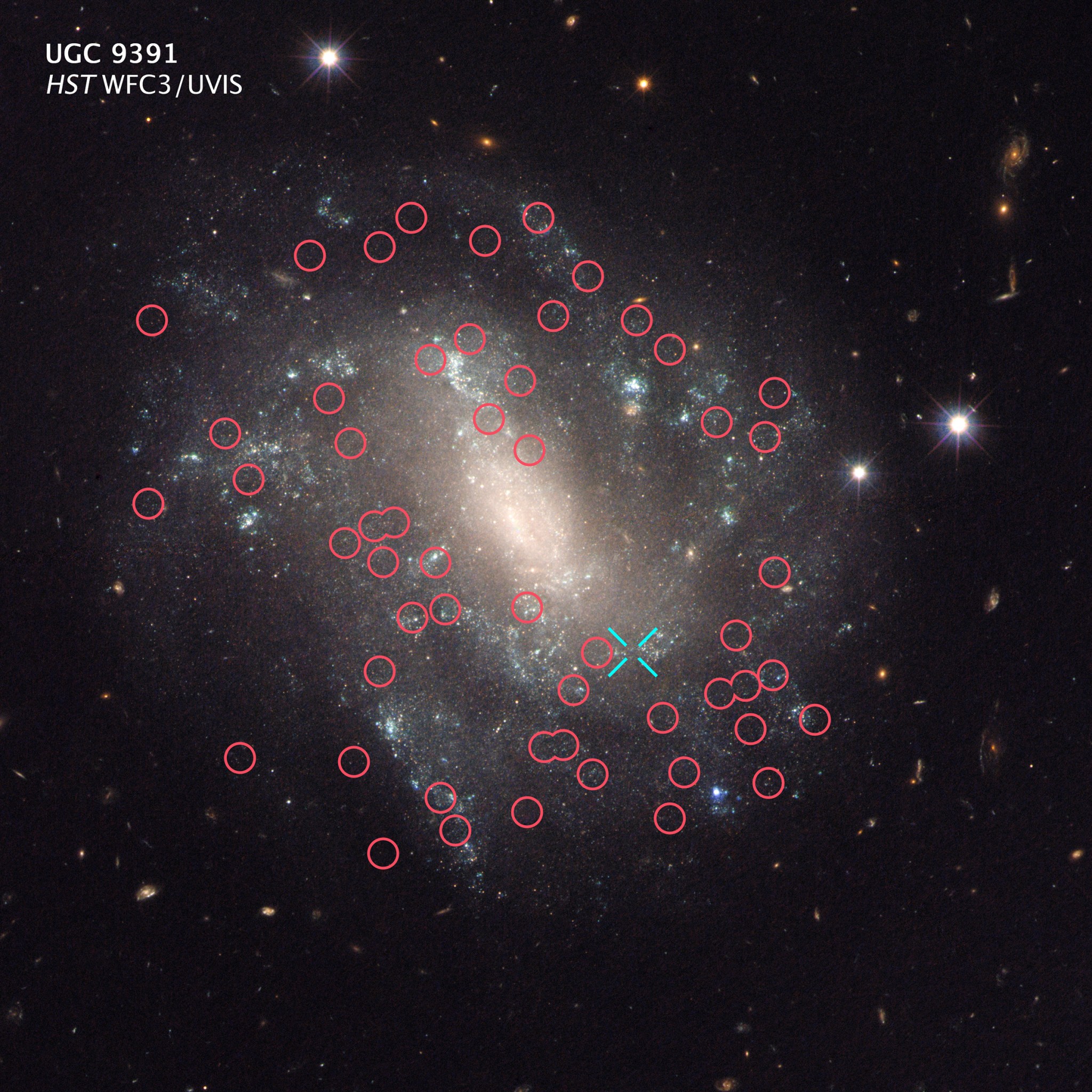To understand the mystery that is dark energy, you have to start at the beginning. Of the universe, that is.
The theory of how the universe came to exist starts with an event called the big bang, when the universe suddenly expanded from a hot, dense point at incredible speeds, inflating like a balloon as it grew and cooled. Eventually atoms and molecules formed, then collections and clumps of matter that formed stars, galaxies, and everything within them.
The universe continues to expand today. For many years, the fate of that expansion was unknown. Did the universe have enough matter, and thus enough gravitational pull, to stop or even reverse that expansion? Or would it keep expanding forever, slowing but never quite stopping?
By the late 1990s, scientists had found that the universe had enough matter to slow the expansion but not bring it to a halt. Furthermore, they had determined the current rate of the expansion. Now they just needed to find out how much it had been slowing over time.
Or so they thought.
What astronomers discovered was that the universe isn’t slowing at all. The expansion of the universe is speeding up, faster and faster, propelled by some force we still don’t understand. We call this phenomenon “dark energy.”
Hubble made the key observations that led to the discovery of dark energy. Astronomers looked at a special kind of supernovae, called Type 1a, that give off a set amount of light when a certain type of star explodes. Because the brightness is consistent and known Type 1a supernovae can be used to measure distances to extremely distant objects like faraway galaxies. Astronomers compare the actual, known brightness of the supernova to how bright it appears ― similar to the way you can estimate the distance to a distant car in the dark because you know approximately how bright the headlights should be.
Only Hubble had the vision to detect these supernovae in distant galaxies. It found that the supernovae were dimmer than they should have been, which meant that their host galaxies were farther away than expected. And that only made sense if the universe’s expansion was accelerating.
Scientists now theorize that the universe slowed down under the power of gravity for a time after the big bang and then, at a point when it had grown large enough that those gravitational connections weakened, began to speed up as dark energy took over.
Dark energy and its mysteries are a reminder of how much we have yet to learn about the universe. Hubble continues to investigate the enigma as it gazes into the vast reaches of the cosmos.


































